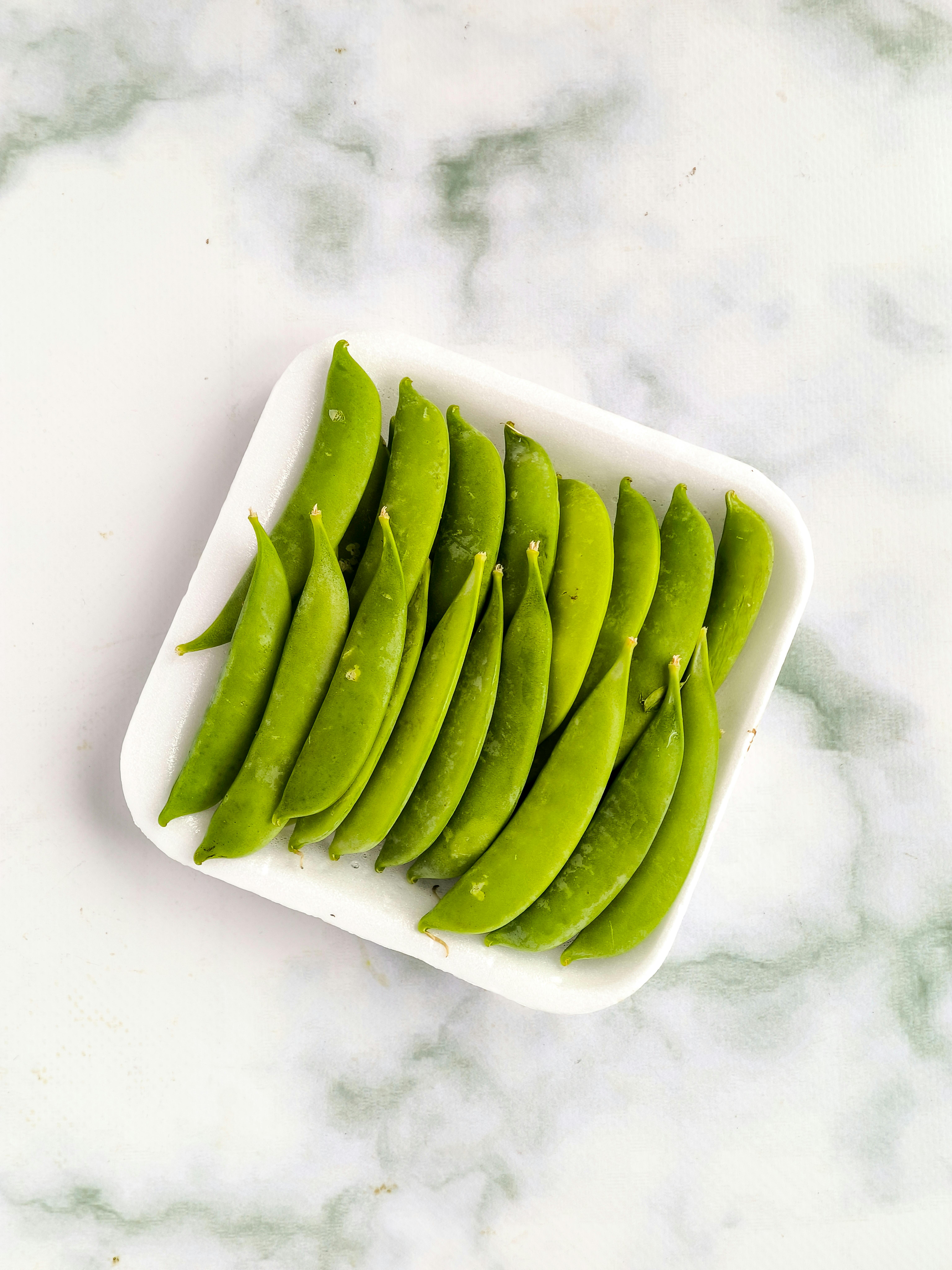Smart Ways to Make Tempura Batter Better in 2025!

Smart Ways to Make Tempura Batter Better in 2025!
Tempura is a beloved dish in Japanese cuisine, celebrated for its light, crispy texture and flavorful taste. As we embrace the culinary innovations of 2025, it’s the perfect time to revisit traditional tempura and enhance your skills in creating the ultimate tempura batter. With numerous approaches to perfecting tempura batter, this article provides insight into various techniques, ingredients, and tips to elevate your tempura experience.
By understanding the essentials of a tempura batter recipe and exploring exciting variations, such as a gluten-free tempura batter, you can cater to different dietary needs while maintaining deliciousness. We’ll also delve into cooking methods and expert tips that ensure a consistently crispy tempura batter.
The following sections will cover the basics of how to make tempura, the importance of batter consistency, and secrets for an authentic taste. Expect practical insights on tempura batter techniques ranging from tempura batter for shrimp to tempura batter for vegetables. Ready to delve into the world of tempura? Let’s enhance your cooking journey!
Essential Ingredients for Perfect Tempura Batter
Starting with high-quality tempura flour is crucial for achieving the right texture and flavor. Tempura flour is specifically blended to create a light batter that fries beautifully.
Understanding Tempura Batter Ingredients
The foundational ingredients for tempura batter include:
- Tempura flour: Made from soft wheat, this flour has a lower gluten content, resulting in a crispier texture.
- Cold water: Using ice-cold water prevents the gluten from forming, leading to a lighter batter.
- Eggs (optional): Traditional recipes often include eggs, but for a tempura batter without egg, alternative binders can be used.
- Cornstarch: This can be added to enhance the crispiness of the final product.
Each element plays a significant role in achieving the desired outcome, allowing for variations to cater to taste preferences and dietary requirements.
Choosing the Right Flour
Selecting the proper flour is vital for creating a successful batter. While tempura flour is the go-to choice, some opt for a mix of all-purpose flour and cornstarch for a homemade version. The ratio greatly affects the batter's lightness, so experimenting with different formulations can lead to personal preferences.
Additionally, consider adding seasonings or spices to the flour for unique flavor profiles. This seamless integration of flavor will set your tempura apart!
Mastering the Tempura Batter Technique
Once you have your ingredients sorted, mastering the technique for making tempura batter is next. The end goal is a light tempura batter that adheres to your ingredients without becoming heavy.
Step-by-Step Process to Create Tempura Batter
1. In a mixing bowl, combine the tempura flour with a pinch of salt. The amount can be adjusted to taste.
2. Gradually add ice-cold water and mix until just combined; small lumps are acceptable. Overmixing can lead to a denser batter.
3. If desired, add a beaten egg or another binder to enhance texture.
4. For a crispier finish, consider adding cornstarch to the mix, which will lead to a delightful crunch.
This simple method will serve as a baseline for experimenting with different heat levels and batter thicknesses depending on the ingredient being fried.
Consistency is Key
The consistency of your batter significantly impacts the final results. You want it to be somewhat thin, allowing it to coat the ingredients lightly without weighing them down. Test the batter’s thickness by dipping a vegetable; it should adhere but quickly fall off when lifted.
Expert Tips for Crispy Tempura Batter
To elevate your tempura game, implementing expert tips can make all the difference.
Tips for Achieving Perfect Crispiness
1. Maintain the right frying temperature: Ideally, your oil should be between 170°C to 180°C (340°F to 356°F) for optimal frying. This temperature prevents the batter from absorbing too much oil while ensuring even cooking.
2. Use ice-cold water: The colder the batter, the better. Consider using ice cubes in the water before mixing; this creates the famous light texture characteristic of traditional tempura.
3. Fry ingredients in small batches: Crowding the frying pan will drop the oil temperature, leading to greasy tempura. Frying in smaller batches helps maintain the necessary heat and results in a crispier product.
4. Understand cooking times: For vegetables, fry for 2-4 minutes, while shrimp and fish may require a shorter time. Knowing the cooking time for each ingredient prevents overcooking.
Variations and Flavor Enhancements for Tempura
Tempura is versatile, and with tempura batter variations, you can explore many flavor profiles. Traditional tempura might use basic vegetables and shrimp, but modern adaptations invite creativity.
Creating Unique Flavor Profiles
Experiment with flavorings by adding spices or herbs directly into the batter. For instance, infusing the batter with seaweed powder or matcha can impart new tastes while enhancing the visual appeal.
Additionally, consider accompanying your tempura with creative tempura dipping sauce options that compliment specific flavors or ingredients. A simple soy sauce mixed with wasabi or a sweet chili sauce can elevate the entire dining experience.
Serving Suggestions for Tempura
Enhance your presentation by garnishing your tempura with fresh greenery or serving it over a bed of shredded cabbage. Pairing tempura with refreshing salads or rice dishes complements the richness of the fried elements and balances the meal.
Common Mistakes to Avoid with Tempura Batter
Creating the perfect tempura batter can be challenging, and there are a few common pitfalls to avoid during preparation.
Avoiding Common Tempura Snafus
1. Overmixing the batter: It’s important to remember that lumps are acceptable. Overmixing can lead to a chewy texture rather than a light, crispy finish.
2. Incorrect oil temperature: As mentioned, frying at temperatures that are too low will yield soggy results, while temperatures that are too high can burn the batter without cooking the food inside.
3. Not properly drying ingredients: Excess moisture on vegetables or seafood can introduce steam during frying, resulting in a less crispy outcome. Always pat-dry damp ingredients before battering and frying.
Storage Tips for Leftover Tempura Batter
If you find yourself with leftover batter, store it in an airtight container in the refrigerator for up to a day. However, keep in mind that the batter may become denser over time due to moisture absorption, so it’s best used quickly.

Conclusion: Perfecting Tempura at Home
With these smart ways to make your tempura batter better in 2025, you can now enjoy delicious homemade tempura that rivals what you’d find in a restaurant. By understanding the importance of tempura batter consistency and utilizing expert tips, you will be set on the path to creating the perfect culinary delight. Remember, experimentation is key—don’t hesitate to incorporate your unique ideas!
Whether you’re making tempura for vegetables, tempura for shrimp, or even exploring gluten-free options, the possibilities are endless. Enjoy the experience of cooking tempura and the satisfaction of perfecting this delicate art each time you fry. Happy cooking!
